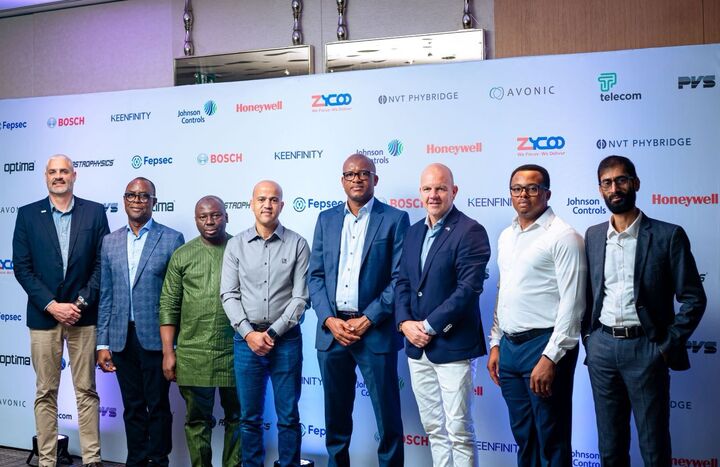Smartphone shipments in the Middle East and Africa (MEA) grew by three per cent on a Year-on-Year (YoY) level at the end of the second quarter of 2025.
Latest research from Counterpoint’s Market Monitor service, which revealed this, said the increase was supported by Eid al-Adha sales and promotions, improving economic conditions in the region, along with increased consumer purchasing power backed by stronger local currencies.
These factors helped unlock pent-up demand, in response to which original equipment manufacturers (OEMs) and distributors ramped up device availability, while many brands focused on clearing older stock ahead of the festive sales season.
Commenting on the market dynamics, Senior Analyst, Yang Wang, said: “The MEA smartphone market entered 2025 with a strong recovery and is now steadying, with ASPs rising seven per cent YoY as consumers shift toward higher-end models. The sector is also consolidating, with smaller brands struggling to survive while leading players strengthen their position through differentiated products, partnerships and an expanded offline presence. Chinese brands dominated with a 59 per cent market share in Q2 2025, while a few global players continued to perform well in the high-end space.”
On pricing trends, Wang added, “Brands are tailoring their offerings to target both premium buyers and budget-conscious buyers, with Q2 2025 showing a clear shift in consumer demand across different price segments. The budget segment (under $100) expanded further YoY, maintaining the largest share, supported by increased availability, financing models, and the migration from feature phones. It even helped the overall market remain positive in the territory during the quarter.
“In contrast, the $200-$299 price band shrank, with its share eaten by higher price categories, which recorded the fastest growth. Consumers are increasingly drawn to devices with advanced features such as AI translation, 5G connectivity, powerful chipsets, telephoto cameras, 120Hz AMOLED displays, and fast charging, though many continue to wait for festive discounts to make these upgrades more affordable.”
The research noted that affordable 5G phones continued to drive sales in MEA, attracting both first-time buyers and upgraders. Consequently, 5G adoption in the region climbed to 37 per cent during the quarter, fuelled by sub-$100 devices from TECNO, OPPO, and itel in markets like Nigeria.
The $200-$599 segment also saw strong demand, capturing a 56 per cent market share. South Africa, Egypt, and Kenya led 5G smartphone growth. Sales in South Africa were boosted by MTN and Vodacom’s investments and tax reforms in Egypt due to IMEI whitelisting and local production and in Kenya by the country’s mobile-first economy driven by M-Pesa and micro-lending partnerships.






